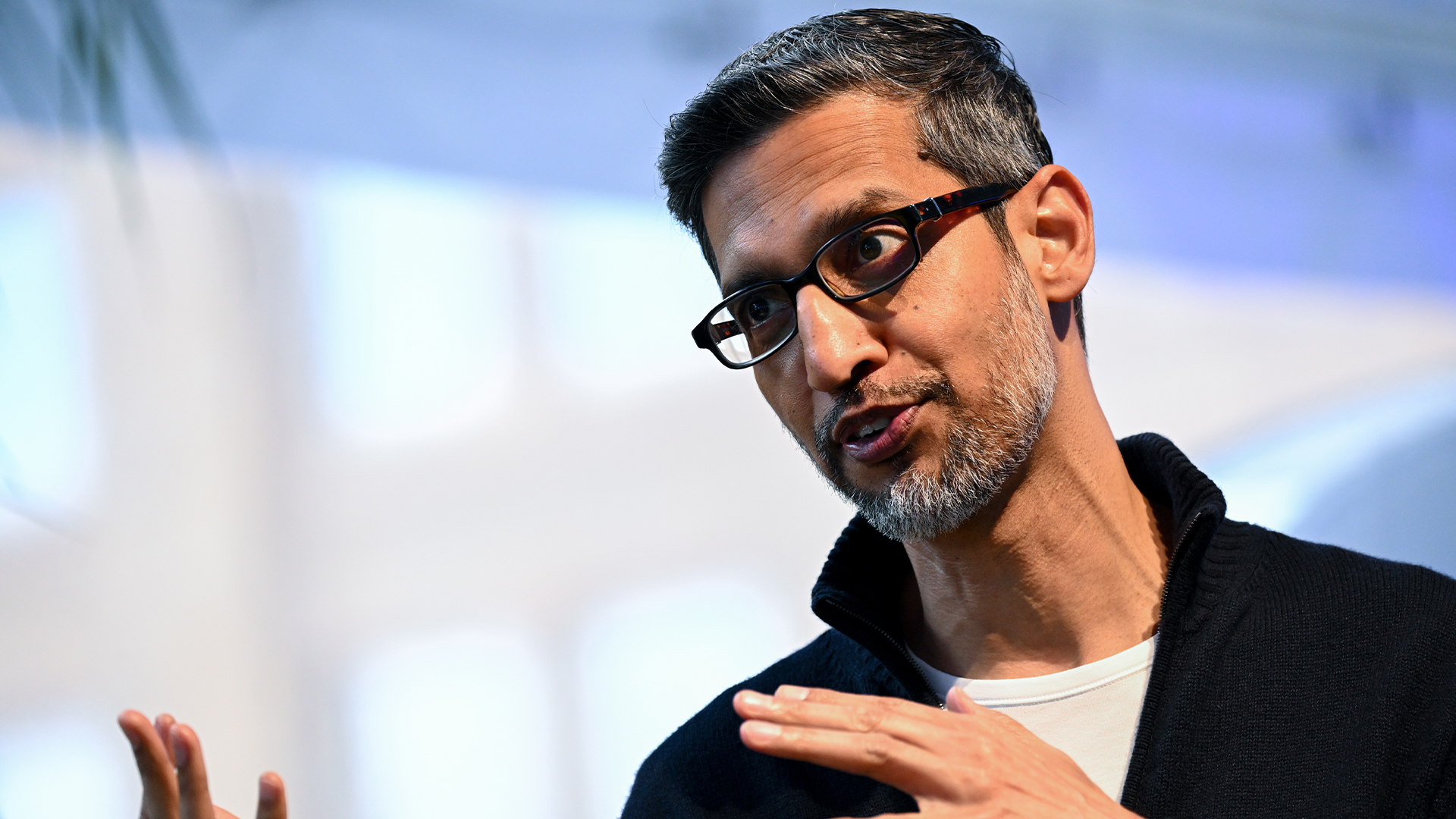Futurologist predicts "mobile revolution"
Networks will extend into every corner of our lives and even into our bodies, predicts cyber soothsayer.


Within 25 years networks will be everywhere and will fundamentally change the way we live and work, according to a futurologist. We will even have these implanted in our brains.
Addressing delegates at the Cisco Networkers conference in Cannes, Ray Hammond said that the next big development is the mobile revolution.
"Over the next five years almost all major organisations will extend their networks making them fully integrated and fully mobile," he told delegates.
New mobile devices that use these networks will have many more capabilities than today's mobile phones and this led to problems in describing this technology, according to Hammond.
"It is not just a phone; it is a camera, a database, an email system. Mobile phone as a term will come to seem as dated as 'iron horse' or 'magic lantern'. We just don't have a word for the device which is going to be the centre of our lives," said Hammond.
It was predicted that devices and the networks they use will be indivisible and will make major changes to the way business and society functions.
The futurologist said companies would move to ongoing subscription-based relationships with their customers and these types of networks would allow them to do that and would in turn help companies "release business process intellectual capital."
Sign up today and you will receive a free copy of our Future Focus 2025 report - the leading guidance on AI, cybersecurity and other IT challenges as per 700+ senior executives
He forecast that in 10 years companies will be able to record every detail of a project, such as designing and building a factory, recording emails, phone calls, instant messages, videos of all meetings, digitised printed material and drawings and store these in a giant database.
The technology would evolve to a point where massive databases would be entirely searchable and companies would be able to be able find a person involved in the project and be able to bring up details of every meeting they attended as well as every email, phone call or instant message.
"How valuable would that data be to another company who is thinking of building a factory in the same place," Hammond said. "Does this database have a value? Of course it does." At present there is no way of showing the value of this knowledge of a project on a company's balance sheet and no agreed standard on putting a value on business process intellectual capital, according to Hammond and added when standards are agreed, this will be the next major phase of wealth creation, "made possible by data-rich fully extended networks."
Hammond forecast that in 25 years' time, machine intelligence would equal human intelligence as computers followed Moore's Law, doubling in power every two years.
"We will have reached the point of 'very interesting indeed', the singularity. And this will occur between 2027 and 2035."
"The most terrifying aspect of when machine intelligence equals are own, is that two years later it will be twice as powerful and two years after that four times," said Hammond. "We will have to consider the arrival, for the first time, of super intelligent companions."
He also said that medical advances would be such that in the future we would be able to regenerate our own organs and living to 150 would be normal and have cybernetic implants as well. "A cyborg future of eternally young people? Is this rubbish nonsense musings of a futurologist? At this rate of exponential change, it is a possibility."
But there would be a growing gap between the rich who can afford this technology and the poor who can't.
"We will have at the end of the century an elite on this planet that will be part human, part machine who are enormously wealthy and the dirt poor, wholly biological living in squalor," Hammond warned.
Rene Millman is a freelance writer and broadcaster who covers cybersecurity, AI, IoT, and the cloud. He also works as a contributing analyst at GigaOm and has previously worked as an analyst for Gartner covering the infrastructure market. He has made numerous television appearances to give his views and expertise on technology trends and companies that affect and shape our lives. You can follow Rene Millman on Twitter.
-
 Google CEO Sundar Pichai says vibe coding has made software development ‘exciting again’
Google CEO Sundar Pichai says vibe coding has made software development ‘exciting again’News Google CEO Sundar Pichai claims software development has become “exciting again” since the rise of vibe coding, but some devs are still on the fence about using AI to code.
-
 15-year-old revealed as key player in Scattered LAPSUS$ Hunters
15-year-old revealed as key player in Scattered LAPSUS$ HuntersNews 'Rey' says he's trying to leave Scattered LAPSUS$ Hunters and is prepared to cooperate with law enforcement
